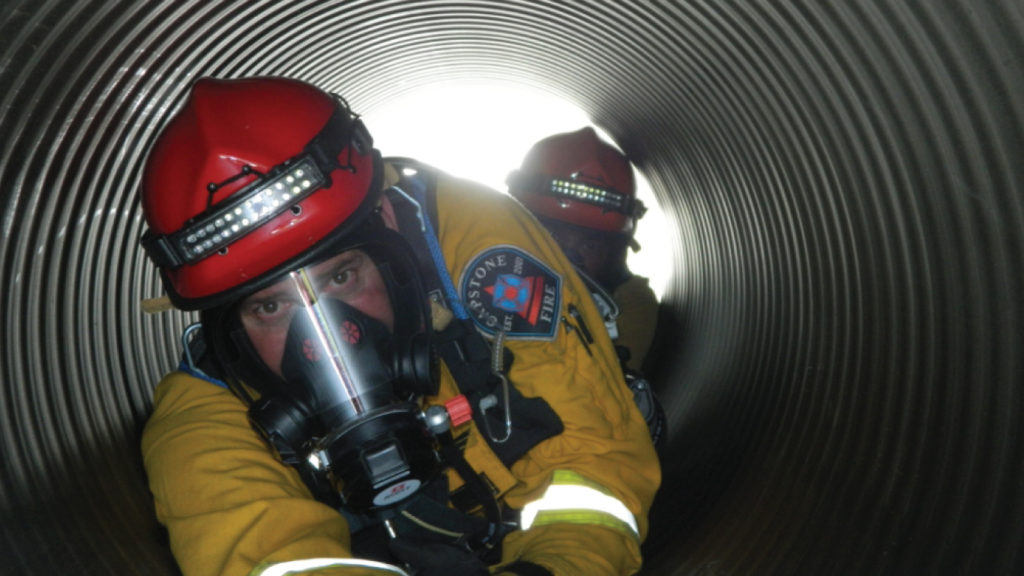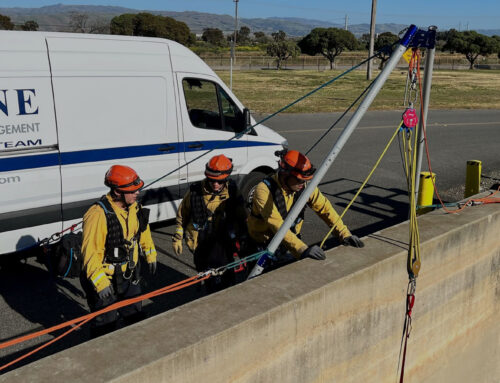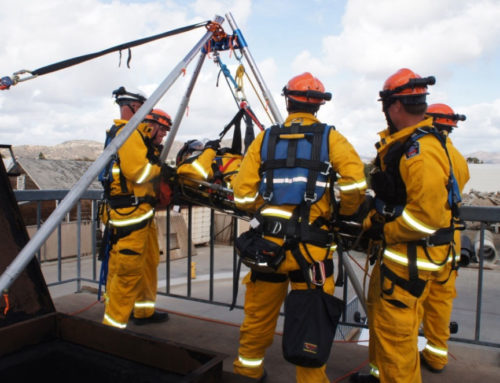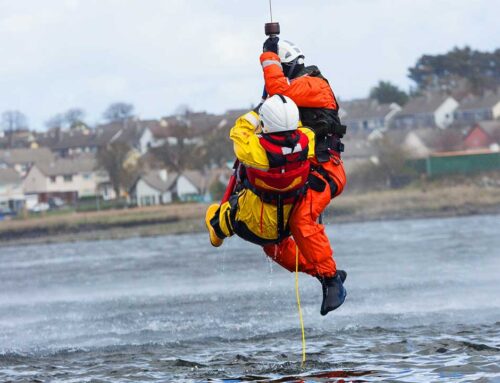Confined space technical rescue is one of the most challenging and hazardous tasks that emergency responders can face. Whether it’s a narrow tunnel, a deep shaft, or a storage tank, these environments present unique dangers that require specialized training and equipment. Here are five reasons why confined space technical rescue is so dangerous:
1. Limited Access
One of the primary dangers in confined space rescue is the difficulty of getting in and out. These spaces are often designed for storage or maintenance rather than human occupancy. They typically have narrow entrances and exits, which can make it hard for rescuers to reach victims and bring them to safety. In an emergency, every second counts, and the restricted access can significantly slow down rescue operations.
2. Poor Ventilation
Confined spaces often suffer from inadequate ventilation, leading to a buildup of hazardous gases or a lack of oxygen. Rescuers might encounter toxic fumes, combustible gases, or oxygen-deficient environments, all of which pose serious health risks. Without proper breathing apparatus and gas detection equipment, rescuers could become victims themselves, making the situation even more dire.
3. Structural Instability
Many confined spaces are not structurally sound, especially in emergency situations. Collapsed walls, unstable ceilings, or shifting debris can create a highly unstable environment. Rescuers must be constantly aware of the risk of further collapses or shifting materials that could trap or injure them.
4. Limited Visibility
The darkness and lack of lighting in confined spaces can severely limit visibility. Rescuers often have to navigate through tight, pitch-black areas with only the light they bring with them. This not only slows down the rescue operation but also increases the risk of injuries from unseen obstacles or hazards.
5. Physical and Psychological Stress
The physical demands of confined space rescue are immense. Rescuers must maneuver in tight, uncomfortable positions, often for extended periods. This can lead to fatigue and physical strain. Additionally, the psychological stress of working in such environments can take a toll. The claustrophobic conditions, combined with the urgency of saving lives, can cause anxiety and stress, which can impair judgment and reaction times.
At Capstone Fire, we feel that confined space technical rescue is one of the most rewarding types of technical rescue that we can perform because it often saves lives. However, it comes with its own challenges and major risks that make it one of the most dangerous as well. To learn more about our services, get in touch with us today.





